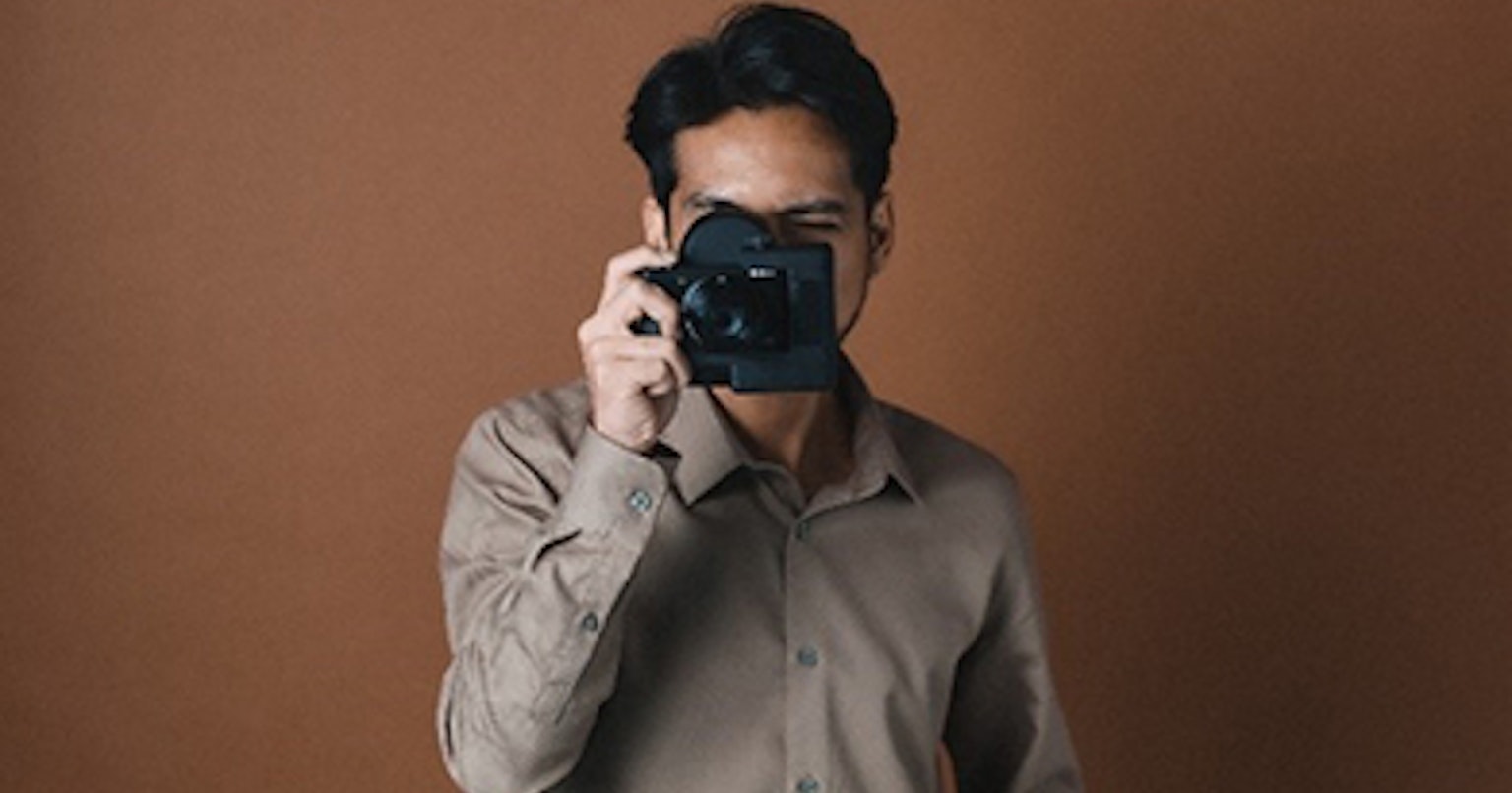Compact Camera Retrospective | Strange? Unique? The Curious Digital Cameras of the 90s | Release #22
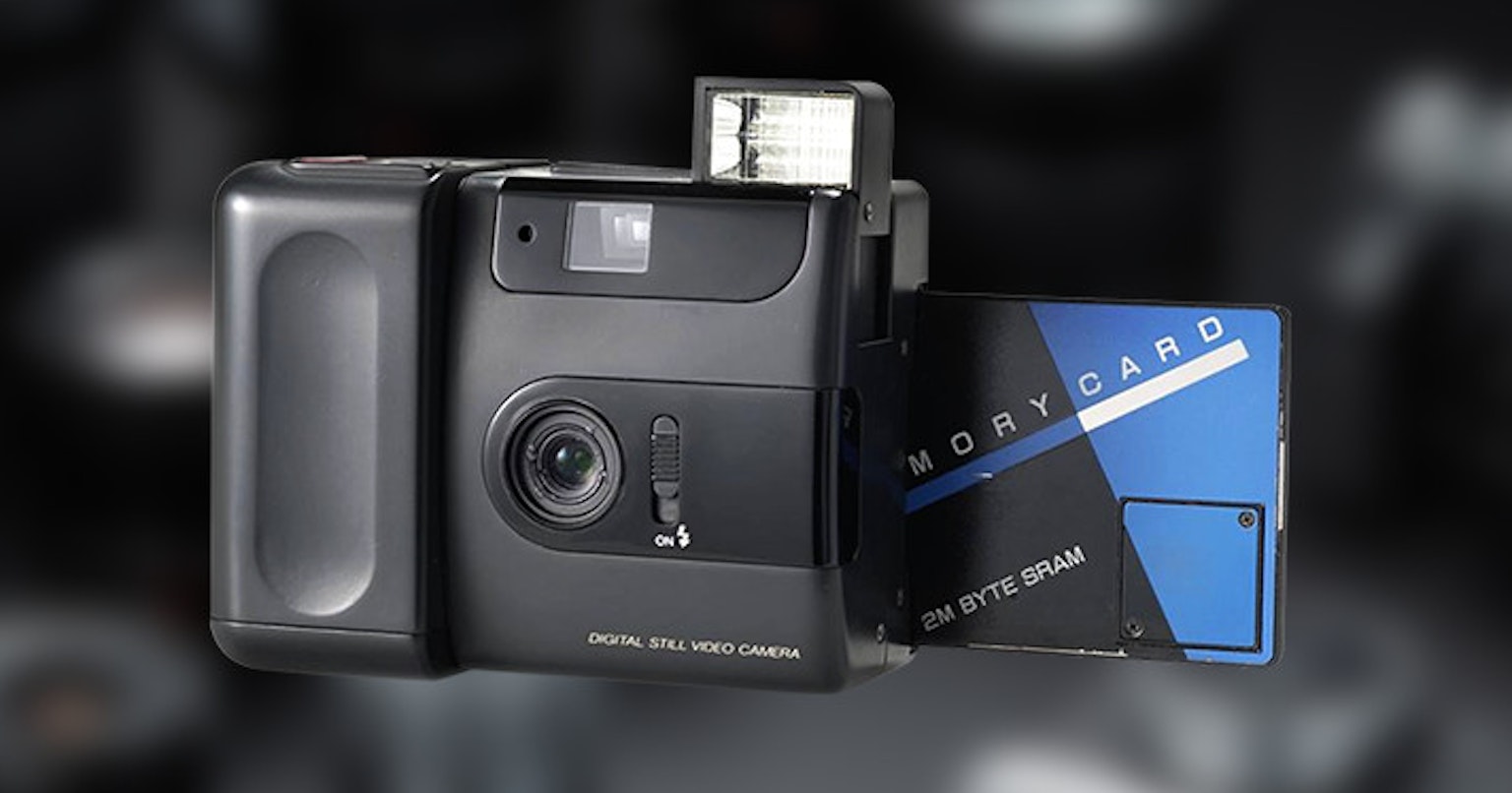
The 90s: An Era of Avant-Garde Digital Camera Development
"Draw a picture of a camera."
What kind of picture would you draw? I believe there are many common points in the pictures you create. Before the design of cameras stabilized into what you envision today, various design experiments were conducted. The peak of this experimentation was the 90s. Starting with the release of the first digital camera, the DS-1P by Fujifilm in 1988, many companies turned their attention to digital cameras and embarked on their development in the 90s.

©︎ FUJIFILM
The DS-1P, released by Fujifilm in 1988, was the first in the world to make digital recording to a storage medium practical.
Of course, at that time, digital camera development was a largely uncharted territory. As a result, many cameras with designs that seem amusing or a bit odd today were created. This time, we introduce the quirky yet unique digital cameras of the 90s.
Logitech Fotoman FM-1 (1991)
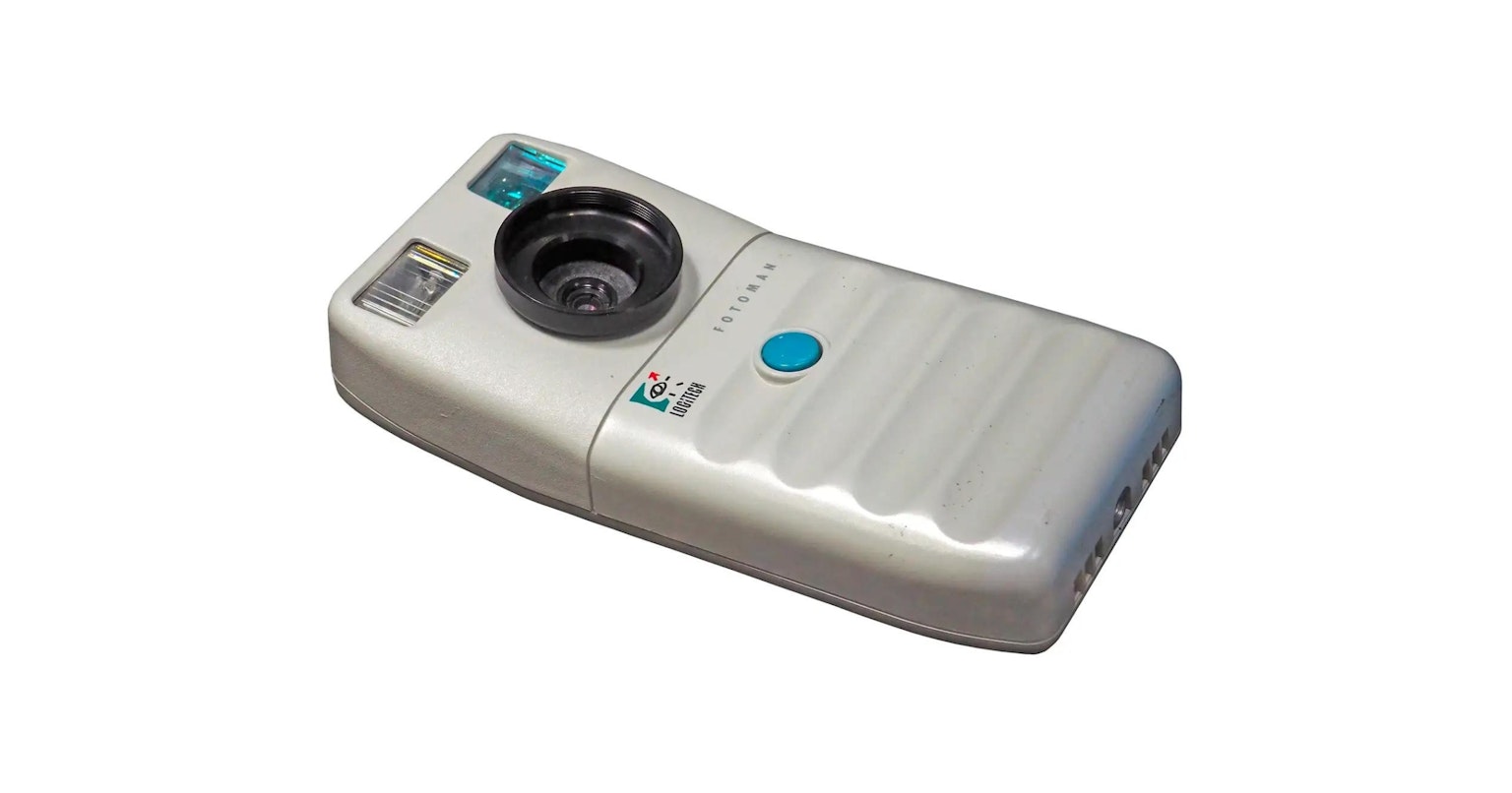
Logitech released the first consumer digital camera, the Fotoman FM-1, in 1991. Priced at $995, it was very expensive at the time. However, the camera's performance was poor. It had a 0.15MP sensor and could only capture grayscale images. The digital memory always required a power source, so photos had to be backed up before the battery ran out. If the battery died, all captured photos would disappear. It's a spec unimaginable today.
RICOH RDC-1 (1995)
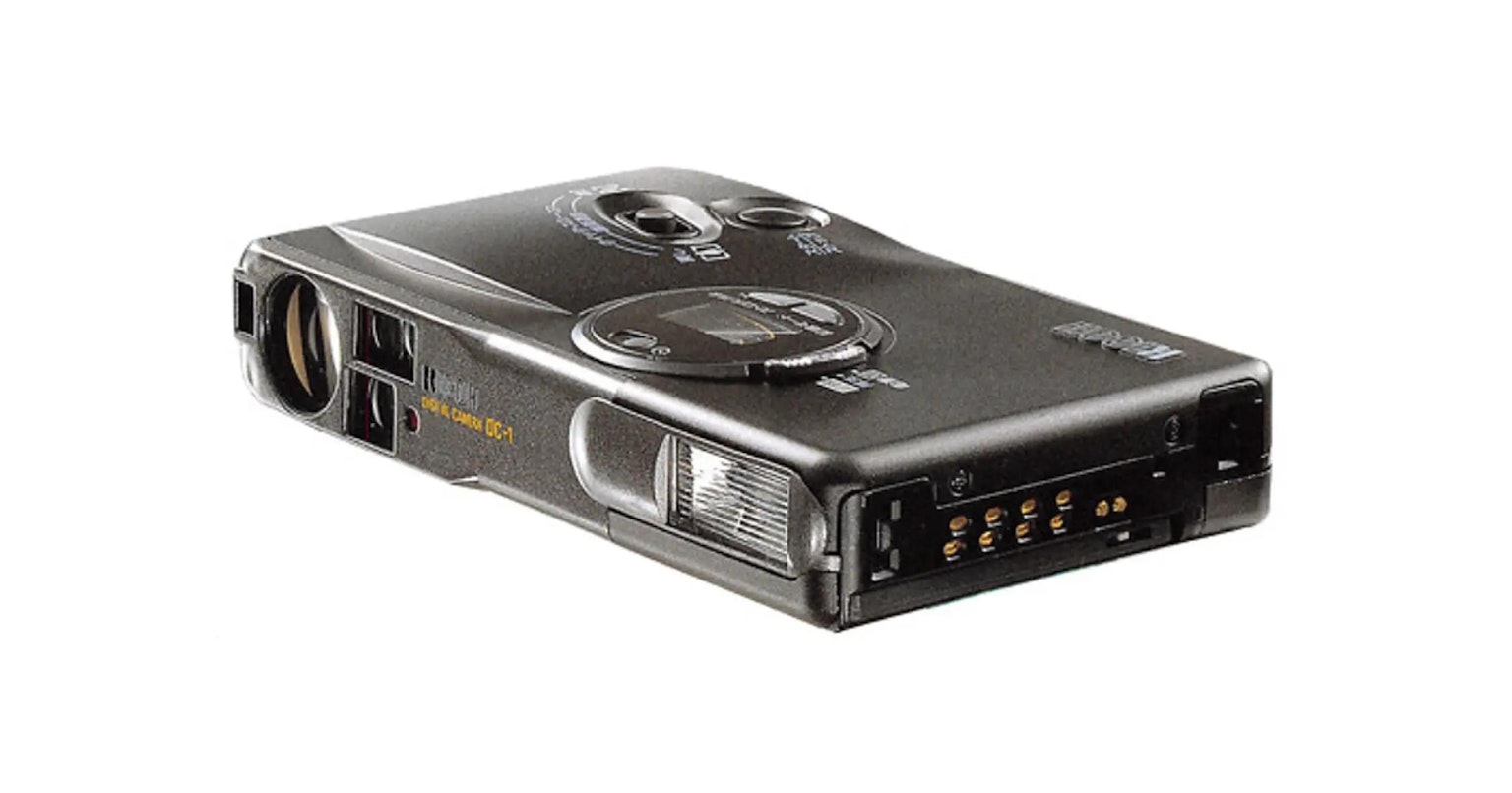
The RDC-1, Ricoh's first digital camera released in 1995, was priced at $1,700 at launch. It brought new innovations to digital imaging, such as the ability to record short digital videos. The 0.41MP sensor was decent for the time, but the camera's most distinctive feature was its modular design, equipped with a dedicated mount that allowed users to attach various accessories to expand the RDC-1's capabilities.
Minolta RD-175 (1995)
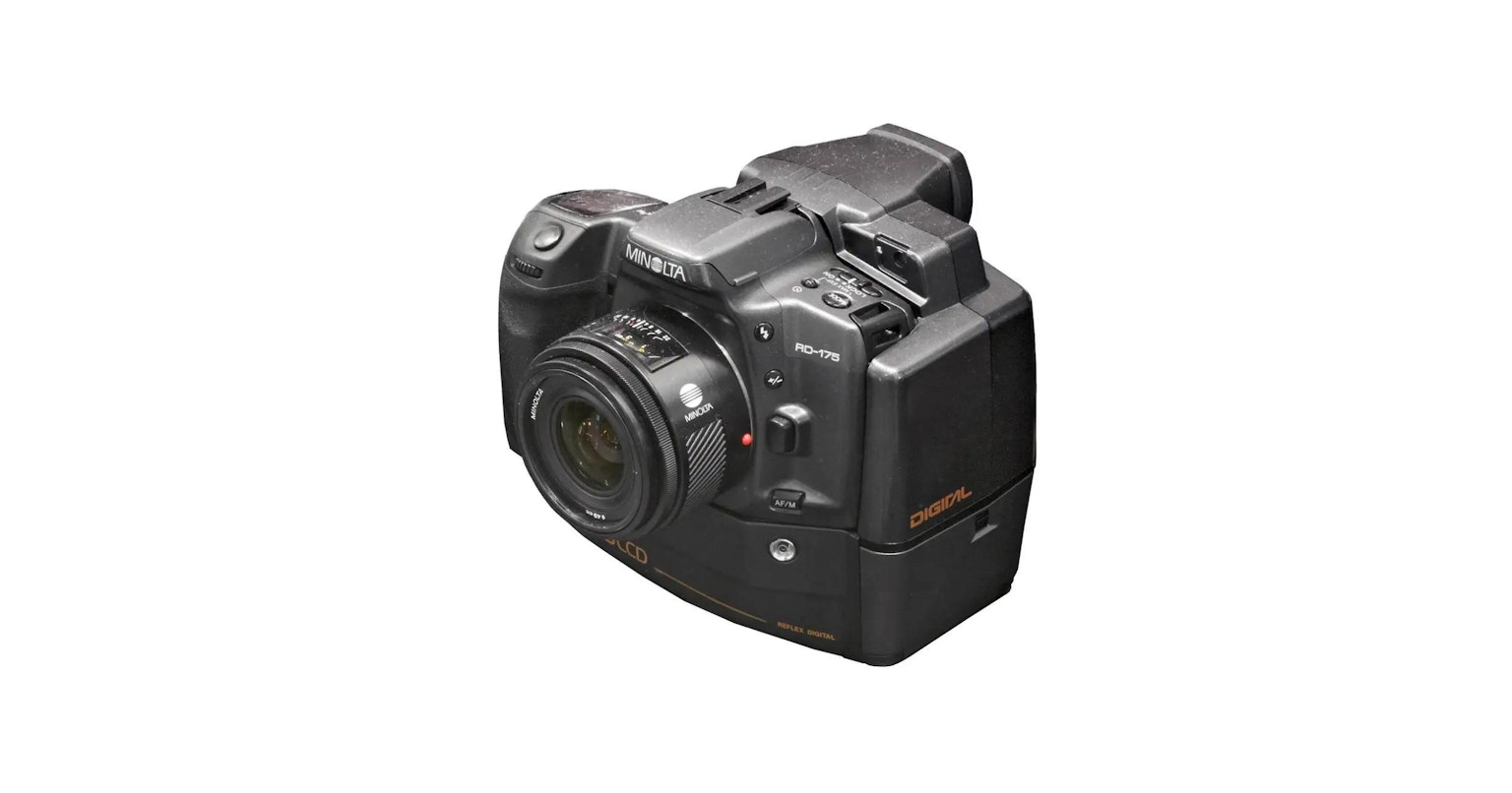
In the 1990s, sensor quality was low, so Agfa and Minolta developed the RD-175 for professionals, combining the Minolta Maxxum 500si Super film camera with three 0.38MP sensors. The RD-175 improved performance in low-light conditions by splitting light from the lens with a prism and sending different colors of light to the three sensors. However, due to its advanced technology and performance improvements for the time, the RD-175 was priced at a staggering $9,995!
Nintendo Game Boy Camera (1998)
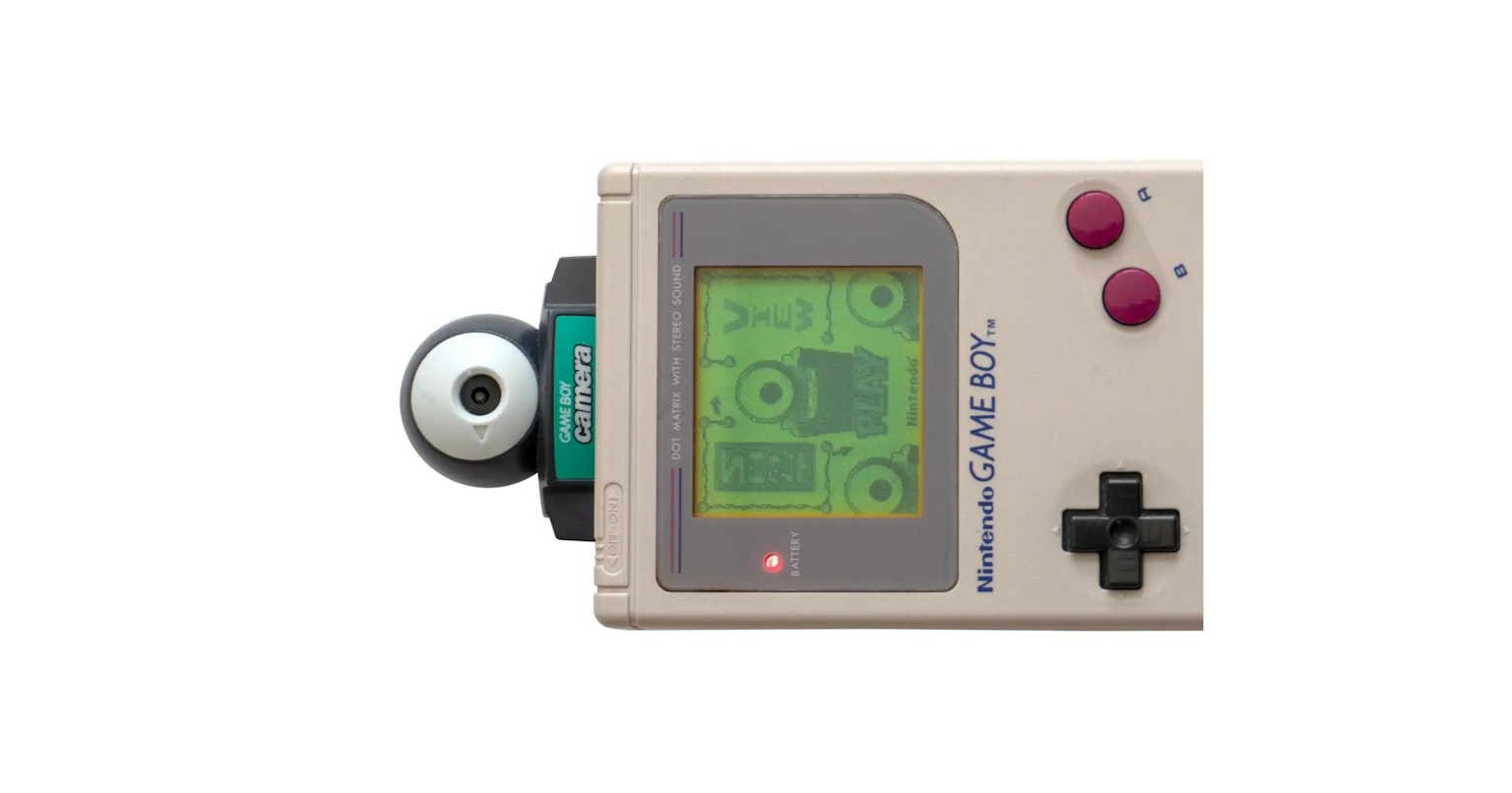
Did you know that the nostalgic Game Boy could be equipped with a camera? Released in 1998, the Game Boy Camera accessory was priced at $90 and became the first digital camera for many children worldwide. Although it lacked in specs, the 2-bit 0.001434MP Game Boy Camera offered affordability, ease of use, and entertainment, enabling basic digital photo editing and fun interactive activities. It was a precursor to the photo-sharing features of modern smartphones.

©︎ Nintendo
Photo taken with the Game Boy Camera
Nikon CoolPix E100 (1996)
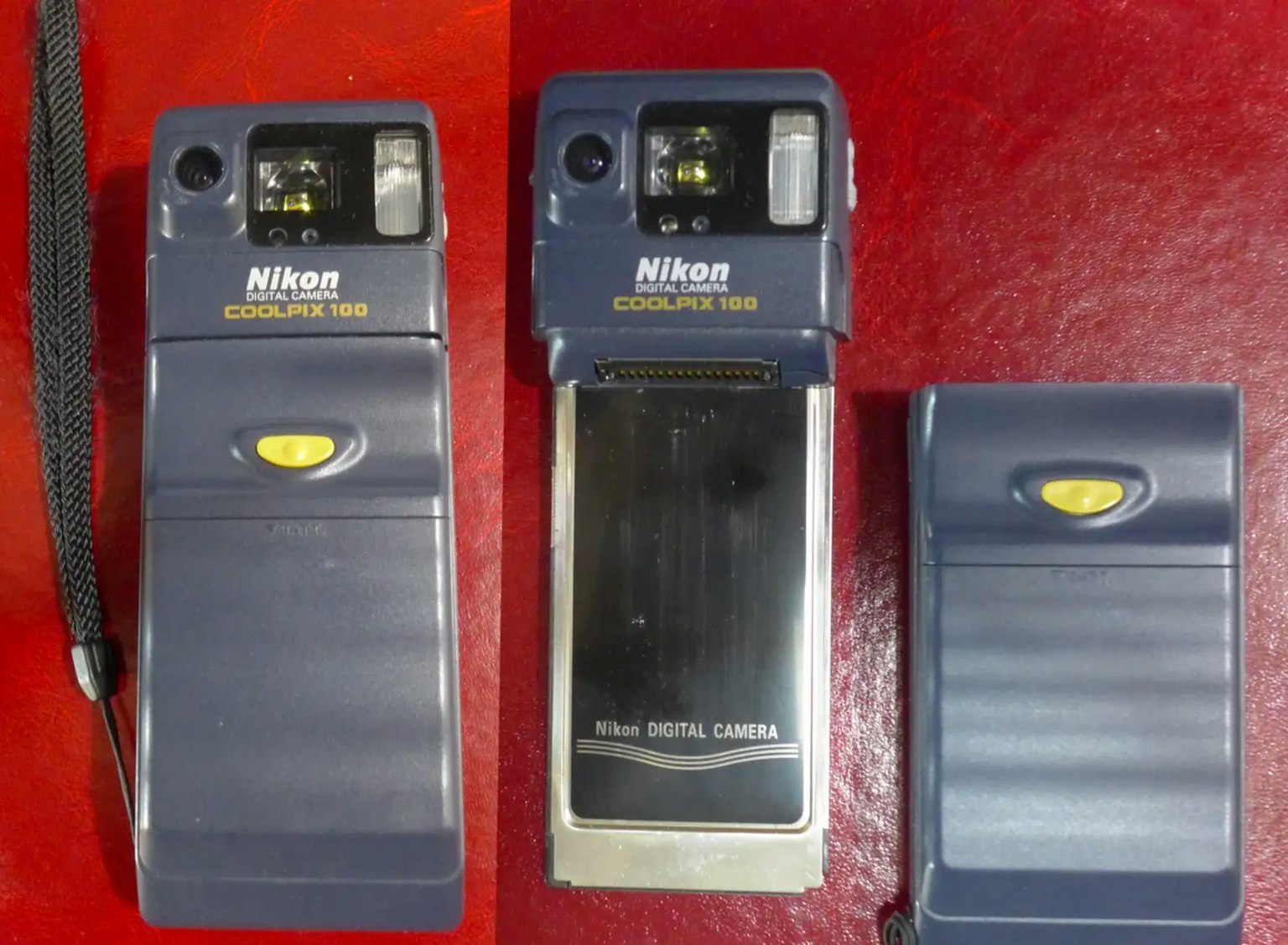
One of the challenges in using early digital cameras was finding a way to transfer photos to another device without using USB. Nikon developed the CoolPix E100, priced at $500, which used a PCMCIA card that could be directly inserted into many Windows laptops. However, this camera had a low-resolution 0.3MP sensor, and the image size was only 512x480, indicating poor performance.
Creativity Born from Undefined Frames
What do you think? Regardless of the specs, each camera conveyed the struggles of the developers who creatively designed them to overcome the technological limitations of the time. Perhaps it was the absence of a fixed notion of what a camera should look like that allowed for such free thinking. It was a compact camera retrospective full of lessons and insights, wasn't it?
The compact camera retrospective series is available as follows.

